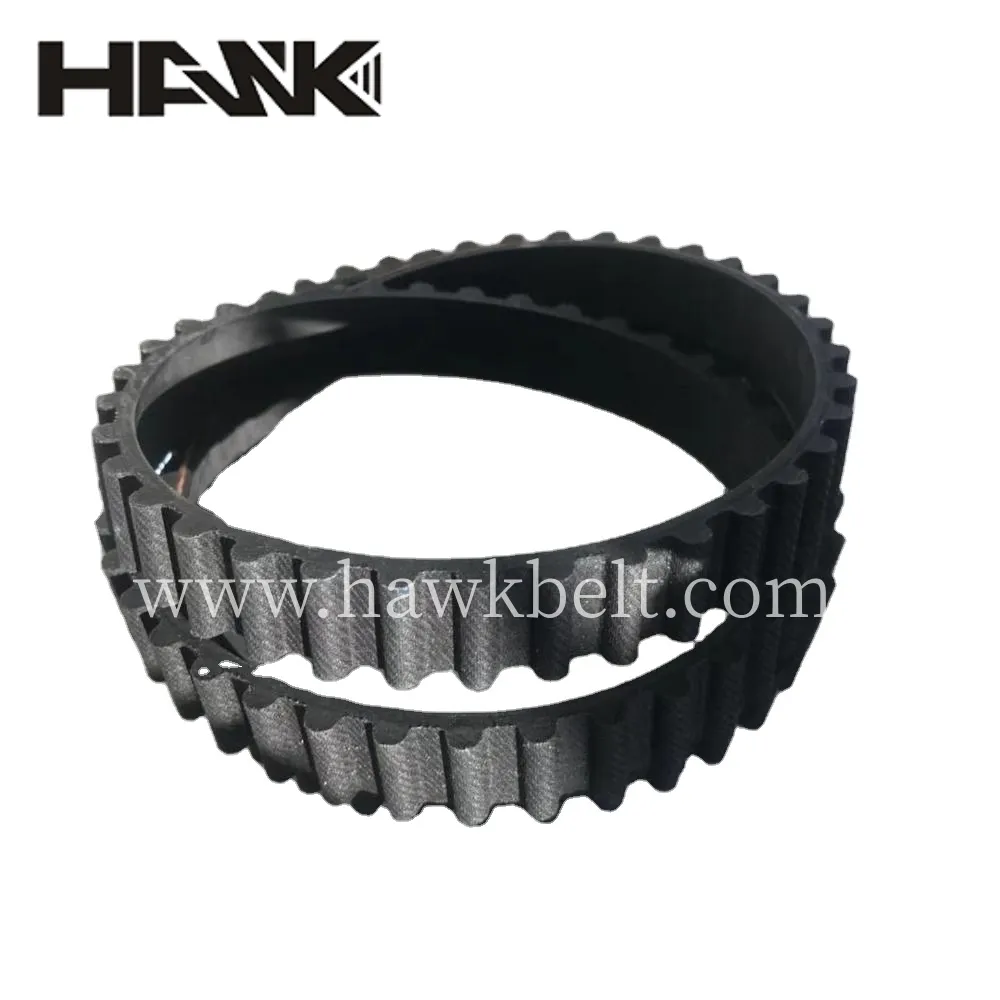- Arabic
- French
- Russian
- Spanish
- Portuguese
- Turkish
- Armenian
- English
- Albanian
- Amharic
- Azerbaijani
- Basque
- Belarusian
- Bengali
- Bosnian
- Bulgarian
- Catalan
- Cebuano
- Corsican
- Croatian
- Czech
- Danish
- Dutch
- Afrikaans
- Esperanto
- Estonian
- Finnish
- Frisian
- Galician
- Georgian
- German
- Greek
- Gujarati
- Haitian Creole
- hausa
- hawaiian
- Hebrew
- Hindi
- Miao
- Hungarian
- Icelandic
- igbo
- Indonesian
- irish
- Italian
- Japanese
- Javanese
- Kannada
- kazakh
- Khmer
- Rwandese
- Korean
- Kurdish
- Kyrgyz
- Lao
- Latin
- Latvian
- Lithuanian
- Luxembourgish
- Macedonian
- Malgashi
- Malay
- Malayalam
- Maltese
- Maori
- Marathi
- Mongolian
- Myanmar
- Nepali
- Norwegian
- Norwegian
- Occitan
- Pashto
- Persian
- Polish
- Punjabi
- Romanian
- Samoan
- Scottish Gaelic
- Serbian
- Sesotho
- Shona
- Sindhi
- Sinhala
- Slovak
- Slovenian
- Somali
- Sundanese
- Swahili
- Swedish
- Tagalog
- Tajik
- Tamil
- Tatar
- Telugu
- Thai
- Turkmen
- Ukrainian
- Urdu
- Uighur
- Uzbek
- Vietnamese
- Welsh
- Bantu
- Yiddish
- Yoruba
- Zulu
Гру . 21, 2024 03:17 Back to list
flat leather machine belts
Flat Leather Machine Belts An Essential Component of Industrial Machinery
Flat leather machine belts have long been a cornerstone in the operation of various machinery across different industries. These belts, crafted from high-quality leather, offer unique advantages that make them indispensable for mechanical applications. This article delves into the characteristics, advantages, and the historical significance of flat leather machine belts.
The Characteristics of Flat Leather Belts
Flat leather belts are typically made from tanned animal hides, processed to achieve the necessary durability and flexibility. The thickness and width of these belts can vary, depending on the requirements of the machinery they are used with. The leather is treated to enhance its resistance to wear and heat, ensuring that it can withstand the rigors of continuous mechanical movement.
One of the distinguishing features of leather belts is their ability to stretch slightly under tension, which allows for a more flexible coupling between connected components. This flexibility helps in reducing shock loads on the machinery, leading to improved operational longevity. Additionally, leather belts exhibit excellent grip, which is crucial in preventing slippage during operation.
Advantages of Using Flat Leather Machine Belts
There are several advantages that flat leather machine belts offer over other materials, such as rubber or synthetic alternatives.
1. Natural Flexibility Leather belts have a natural ability to conform to pulleys and other components, providing a seamless transfer of power. This adaptability ensures that energy loss is minimized, leading to more efficient machine operation.
2. Durability Leather is renowned for its strength and durability. When properly maintained, leather belts can last for many years, even under heavy use. Their resistance to tearing and stretching makes them suitable for demanding environments.
3. Moisture Regulation Unlike many synthetic materials, leather can regulate moisture levels, which prevents the belt from becoming brittle or cracking over time. This property is particularly beneficial in environments with fluctuating humidity.
flat leather machine belts

4. Repairability In cases of damage, leather belts can often be repaired or reconditioned, unlike many synthetic belts that must be replaced entirely. This aspect significantly reduces operational costs and waste.
5. Aesthetic Appeal Leather has a classic and sophisticated appearance, making it a preferred choice for certain machinery applications where aesthetics are as important as functionality.
Historical Significance
Flat leather belts have played a pivotal role in the evolution of industrial machinery since the dawn of the Industrial Revolution. In the 18th and 19th centuries, machine shops and factories relied heavily on leather belts to transfer power from steam engines to various machines, including lathes, looms, and saws. The introduction of these belts was a revolutionary advancement in manufacturing, as they enabled greater efficiency in power transmission across different manufacturing processes.
As industries evolved, so did the technology behind leather belt production. Innovations in tanning and processing techniques enhanced the performance characteristics of these belts, making them even more suited for industrial applications.
Modern Applications
Today, flat leather machine belts are still widely used in various sectors, including textile manufacturing, woodworking, and printing industries. Despite the emergence of synthetic materials, leather belts maintain a loyal following due to their unique properties and historical significance.
In contemporary manufacturing, leather belts are often used in settings where traditional methods are preserved or where companies strive for eco-friendly practices. Their renewable nature and the ability to maintain mechanical integrity over time resonate well with modern sustainability goals.
Conclusion
Flat leather machine belts, with their unique characteristics and numerous advantages, continue to be a vital component in the functioning of many industries. Their durability, flexibility, and historical significance underscore their role in the advancement of mechanical engineering. As businesses look to enhance their operations while maintaining sustainability, flat leather machine belts remain a trustworthy and efficient option in the industrial landscape. Whether for new machinery or restoration of vintage equipment, these belts are poised to retain their place as a key player in power transmission for years to come.
-
Korean Auto Parts Timing Belt 24312-37500 For Hyundai/Kia
NewsMar.07,2025
-
7PK2300 90916-T2024 RIBBED BELT POLY V BELT PK BELT
NewsMar.07,2025
-
Chinese Auto Belt Factory 310-2M-22 For BMW/Mercedes-Benz
NewsMar.07,2025
-
Chinese Auto Belt Factory 310-2M-22 For BMW/Mercedes-Benz
NewsMar.07,2025
-
90916-02660 PK Belt 6PK1680 For Toyota
NewsMar.07,2025
-
drive belt serpentine belt
NewsMar.07,2025

